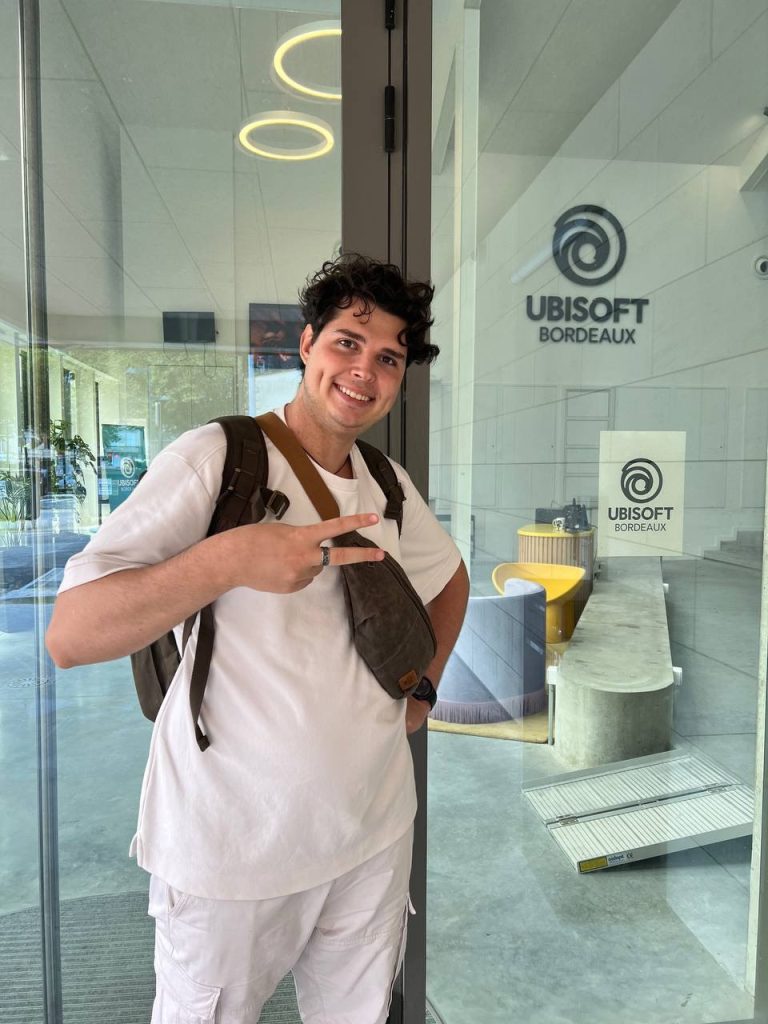Biography
Worlds Built to Be Remembered
About me
My name is Illia, I’m a 24-year-old Senior Environment Artist from Ukraine with over 7 years of experience crafting immersive worlds for AAA games.
I began my journey in game development at the age of 16 when my friends and I purchased a licensed copy of Unreal Engine 3 to create our first game. That early passion for creativity and interactivity led me to pursue environment art and procedural materials — the tools that turn imagination into living, breathing worlds.
Over the years, I’ve worked on both iconic and unannounced titles, contributing to games like STALKER 2, PUBG, Metro Exodus, Squad, Ghostrunner 2, Starfield, World of Tanks, and more. My skillset bridges technical and artistic domains — from photogrammetry and Houdini pipelines to storytelling through modular architecture and believable materials.
In 2022, my life changed forever when war broke out in Ukraine. I survived five months in the besieged city of Mariupol, and after managing to escape, I lived and worked in Poland, Sweden, and Spain. Game art became not just my profession, but a way to stay connected to the world — a way to rebuild when everything else was lost.
Today, I’m part of 2K Valencia, continuing to push boundaries in AAA development and mentor others on their path in the industry.
Expertise Overview
As a Senior Environment, I blend deep technical skills with a creative vision to craft immersive, believable game worlds. My expertise covers every stage of environment production—from modeling and texturing to procedural generation, shader development, and multi-engine implementation. I’m passionate about innovation and always seek new approaches and tools to elevate project quality.
01
3D Modeling & Texturing (Prop Art)
High/Low Poly Modeling: Creating complex architectural forms, natural objects, and props for games, balancing detail and performance.
UV Mapping & Baking: Optimized UV layouts, baking normal maps, ambient occlusion, curvature, ID, and other masks for advanced material work.
Texturing: Proficient in Substance Painter, Photoshop, and Quixel Mixer for both realistic and stylized textures.
Modular Prop Art: Designing universal prop kits for efficient and flexible scene building.
02
Environment Art & World Building
Modular Environment Kits: Creating modular sets for large-scale levels—walls, roofs, doors, windows, interiors, exteriors.
Landscape & Biomes: Working with landscapes, vegetation, and biomes; using procedural generation for natural environments.
Atmosphere & Lighting: Scene composition, lighting setup, fog, and weather effects to establish unique atmosphere.
Photogrammetry Integration: Processing 3D scans and integrating photogrammetry assets into the game pipeline.
03
Procedural Generation (Houdini & PCG)
Houdini Skills: Building procedural generators for landscapes, vegetation, destruction, prop placement, and material masks.
PCG (Procedural Content Generation): Developing tools to automate content creation and speed up level assembly and environment dressing.
Custom Tools: Implementing bespoke solutions for environment generation, workflow optimization, and scene quality improvement.
01
Procedural Material Creation (Substance Designer & Painter)
Procedural Workflows: Building procedural materials for architecture, landscapes, and props in Substance Designer—from basic to complex layered systems.
Smart Materials & Generators: Creating smart materials, generators, and custom nodes for pipeline automation and consistency.
Material Variability: Ensuring diversity through parametric controls—color, wear, dirt, and detail adjustments.
02
Technical Art & Shader Innovation
Advanced Shader Logic: Developing layered blend materials, vertex paint, procedural masking, and dynamic weathering systems.
Real-Time Optimization: Implementing techniques for performance without sacrificing visual quality (instancing, shader LODs, efficient texture usage).
Documentation & Pipeline: Authoring internal documentation for PBR, shaders, and pipelines; onboarding and training team members; integrating new solutions into production.
03
Multi-Engine Experience
Unreal Engine 5: Experience with Nanite, Lumen, World Partition, Blueprints, and custom shaders.
CryEngine: Work with vegetation systems, flowgraph, custom materials, and large-scale scene optimization.
4A Engine: Proprietary pipeline integration, procedural materials, open-world optimization.
Source 2: Environment asset creation, material systems, and lighting integration.
In-House Engines: Fast adaptation to new tools, scripting, and procedural/technical solution integration.
01
Level Design
Gameplay Layouts: Designing and prototyping level geometry, flow, and pacing using blockouts and whiteboxing to define player paths, objectives, and interactions.
Player Experience: Creating engaging and balanced challenges, puzzles, and encounters that support the game’s mechanics and narrative.
Iterative Development: Playtesting, gathering feedback, and refining layouts to optimize readability, accessibility, and player enjoyment.
Integration: Placing interactive elements (enemies, loot, NPCs, triggers) and scripting gameplay events to bring the level to life.
Documentation: Maintaining clear design documents, maps, and diagrams to communicate intent and changes across the team.
02
Level Art
Environment Assembly: Transforming level blockouts into visually rich, immersive spaces by placing detailed assets, foliage, decals, and props according to the intended narrative and gameplay flow.
Micro-Narratives: Using environmental storytelling—such as object placement, lighting, and composition—to add depth and subtle stories to locations, making each area feel alive and meaningful.
Composition & Visual Guidance: Crafting strong focal points, sightlines, and visual hierarchies that naturally guide the player’s attention and movement through the level.
Optimization: Smart asset placement and instancing to balance visual fidelity with performance, ensuring smooth gameplay even in complex scenes.
Collaboration: Working closely with level designers, concept artists, and art directors to ensure the visual and gameplay goals are perfectly aligned.
03
Art Direction
Vision & Consistency: Defining the overall visual style, mood, and tone of the game, ensuring all assets and environments align with the creative vision.
Style Guides & Mood Boards: Creating comprehensive references—including color palettes, lighting schemes, and material standards—to unify the team’s output and maintain a cohesive look.
Feedback & Mentorship: Providing clear, constructive feedback to artists at all stages, mentoring junior team members, and fostering a culture of artistic excellence.
Storytelling Through Art: Using visual elements—composition, lighting, color, and detail—to reinforce the game’s narrative and emotional impact.
Cross-Disciplinary Leadership: Collaborating with design, programming, and production to balance aesthetics, gameplay, and technical constraints, ensuring the art direction enhances the overall player experience.
Stay Connected
Let’s bring ideas to life together
Connect to explore how we can make your vision a reality.


